
IOL Advances
Latest News
Latest Videos

CME Content
More News
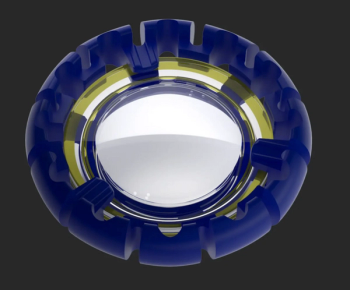
The approval will allow LensGen to move forward with the IDE pivotal trial with the ultimate goal of seeking premarket approval in the United States.

Lens combines diffractive multifocal and extended depth-of-focus properties.

“Real talk” on new devices gives surgeons, patients decision-making insights

Sustained-release option is deposited directly into the lenticular capsule.

Lens an option for complicated eyes, astigmatism, monovision candidates.

Early experience with next-generation lens engenders positive perception.

Trifocal IOLs can, if implanted with caution, be suitable for patients with keratoconus.
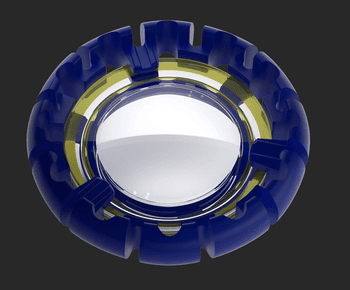
Eric Donnenfeld, MD, presents results of the year-long Grail Study demonstrating the safety and performance of the Juvene IOL from LensGen Inc.

Physician offers practical advice for the use of systems.
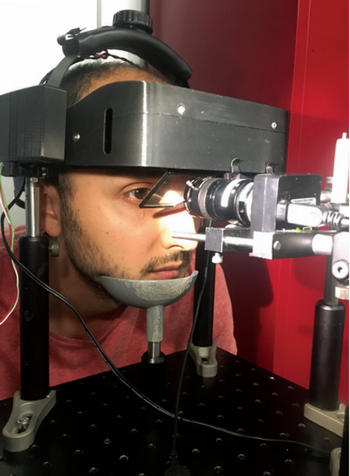
Holographic technology offers after-surgery glimpse for surgeons, patients.

Investigators find little difference between the options.
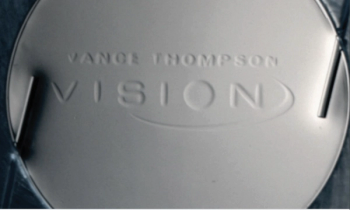
Lens option can correct for surgically induced astigmatism or an inaccurate position.

Bi-sign design compensates for aberrations resulting from misalignment.
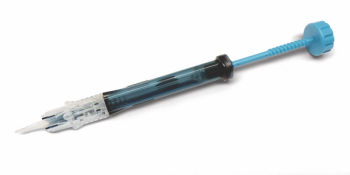
According to the company, more than 400 eyes of patients from 12 European countries have been fitted with the TECNIS Eyhance Toric II IOL, with surgeons surveyed noting that their patients are pleased with the results.

Intermediate/near vision improvements are achieved without compromising distance vision.
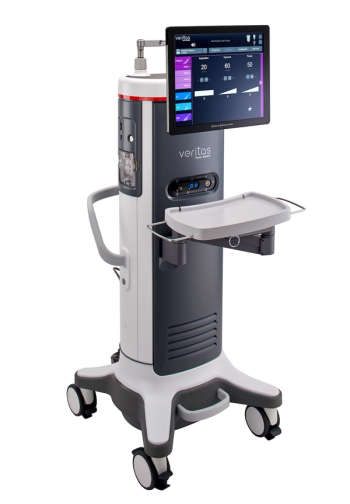
Johnson & Johnson Vision announced today that the FDA has granted 510(k) clearance and CE mark for its VERTIAST Vision System, a next-generation phacoemulsification innovation.
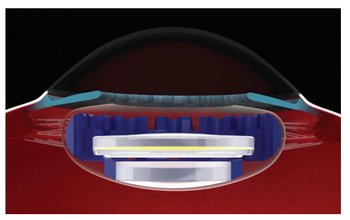
Lens offers full range of vision from distance through near vision.
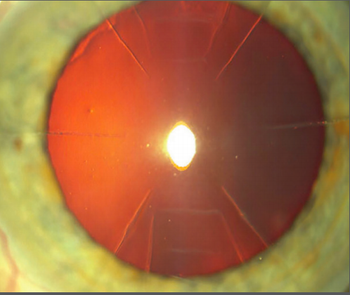
New option may prove to be a solution for cataract cases with unusual corneas.
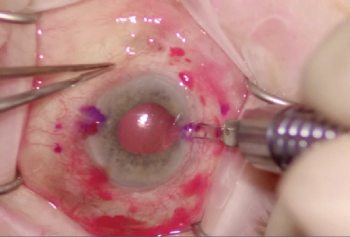
Practice and preparation are key for mastering the procedure.
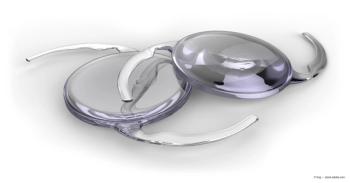
One surgeon shares the early results of his experience using the new TECNIS Eyhance and TECNIS Eyhance Toric II IOLs in performing the first post-FDA-approved cases in the U.S.
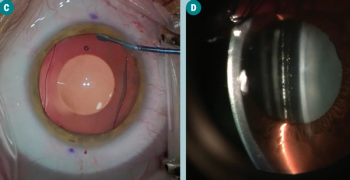
Phakic option provides hope to patients who are not candidates for laser vision correction.

To mark the 20th anniversary of its TECNIS IOLs, Johnson & Johnson Vision is launching the “See More” campaign to educate patients and physicians on what is possible with cataract surgery.

Daniel H. Chang, MD, shares data on a recent study involving a new violet light-filtering chromophore in a preclinical computer simulation testing and randomized clinical study.

Phakic lenses are proving to be excellent additions to refractive practices.

Procedure increases lens stability and improves visual acuity in patients.


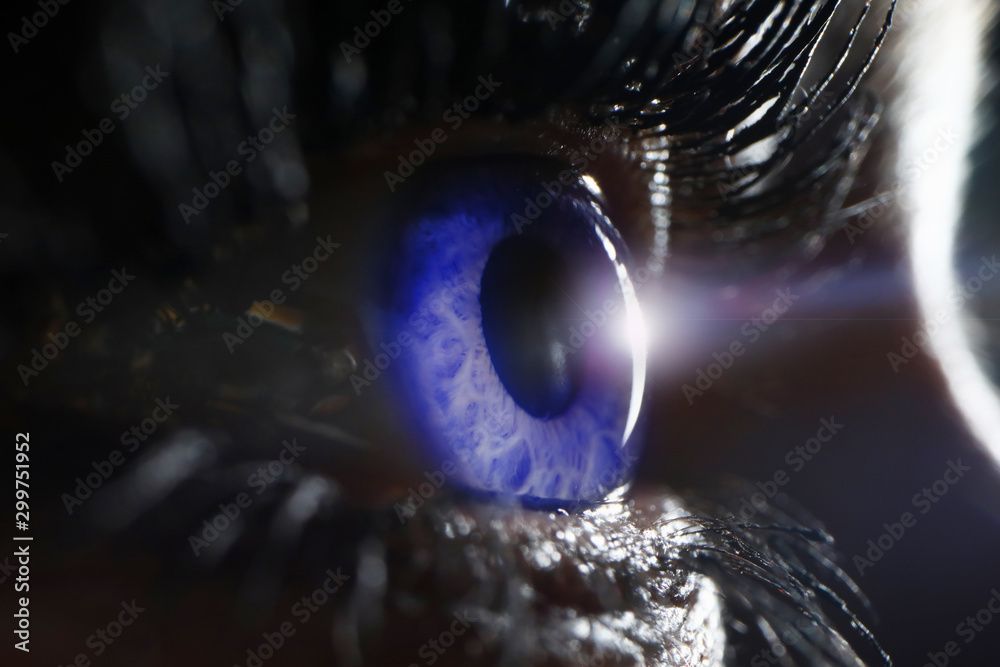





















































.png)


